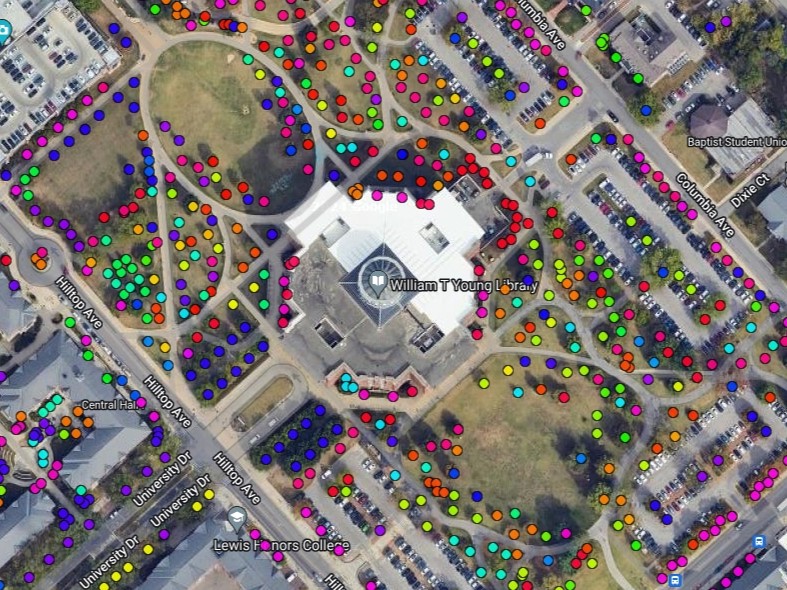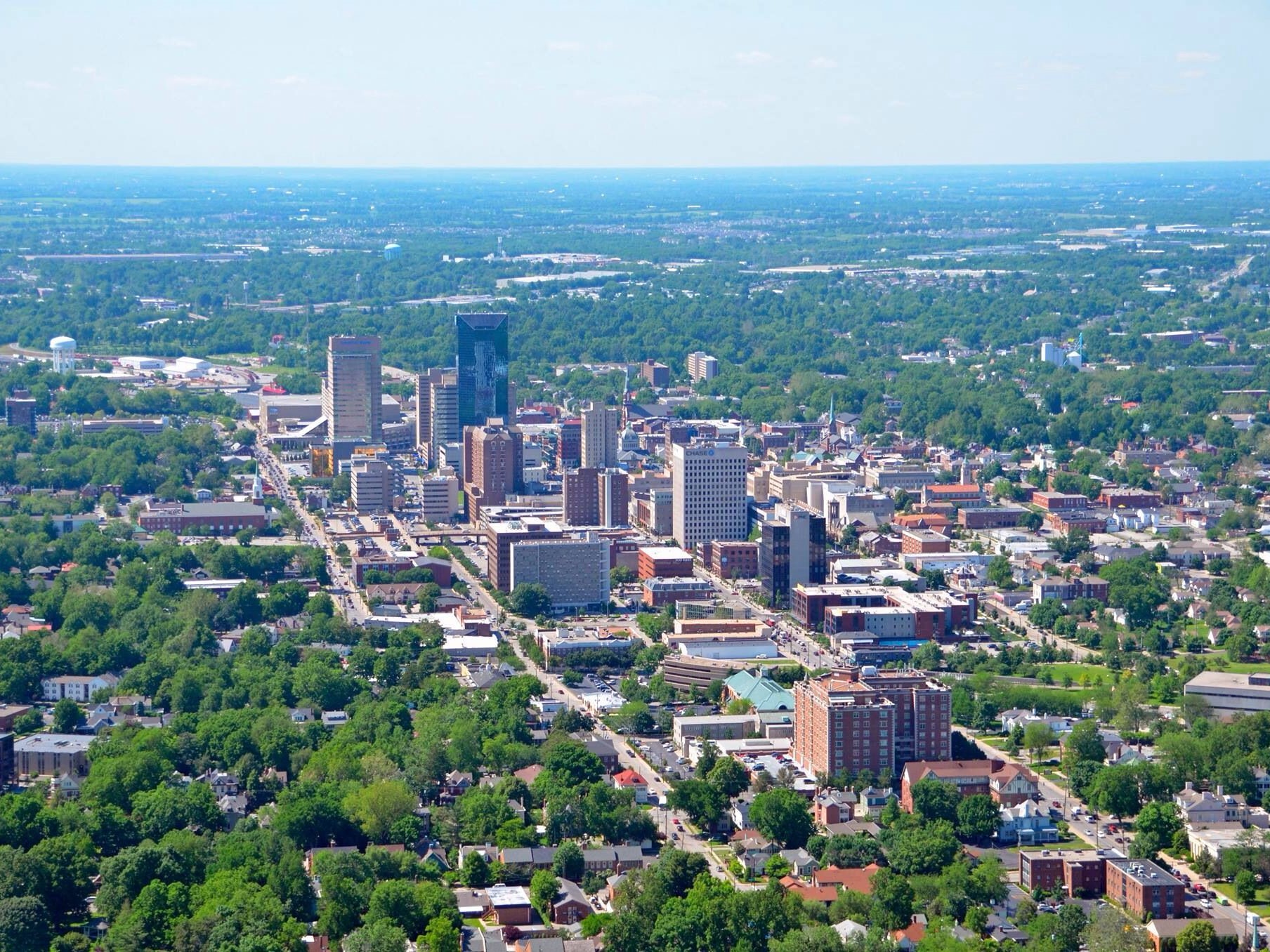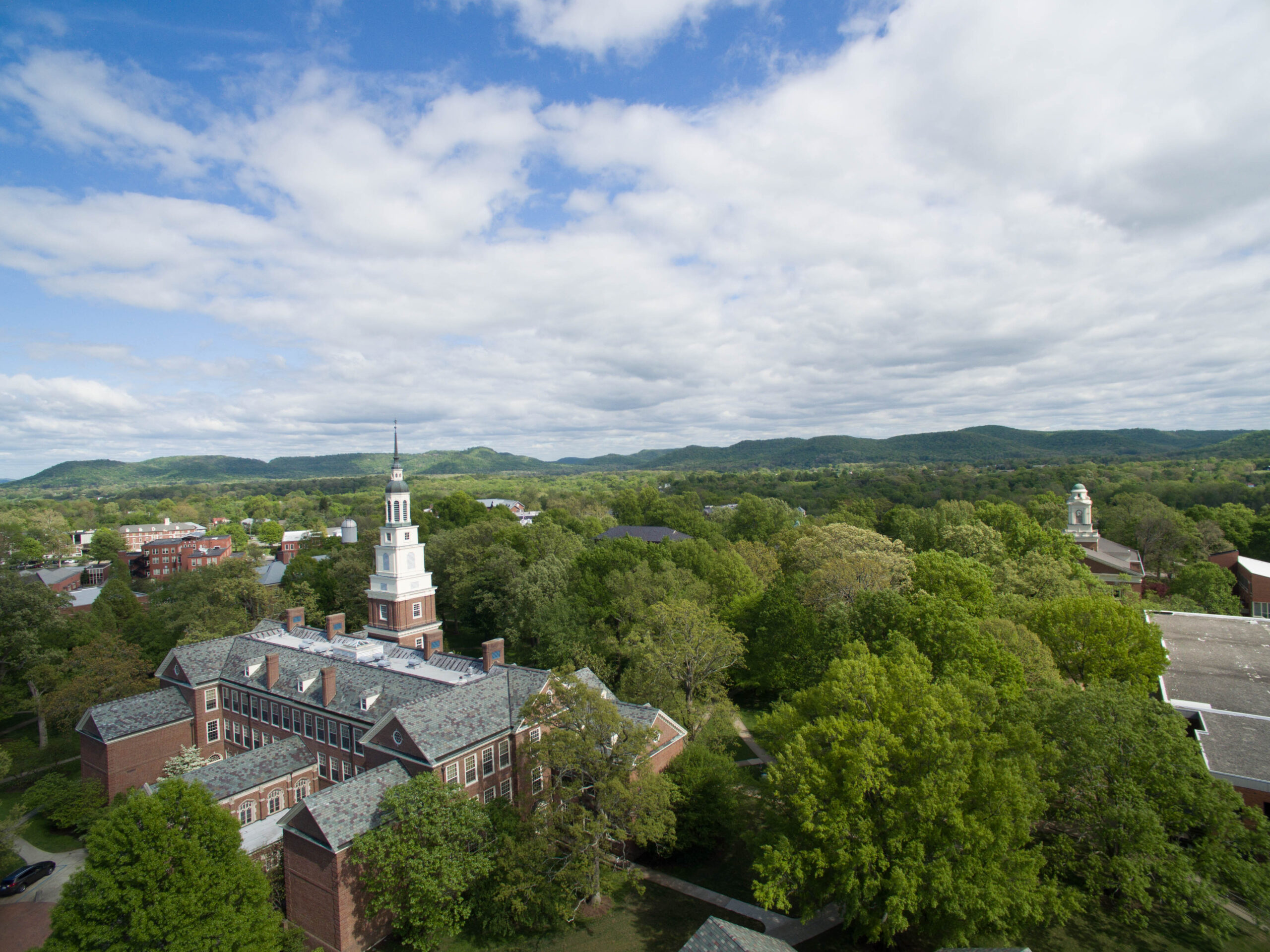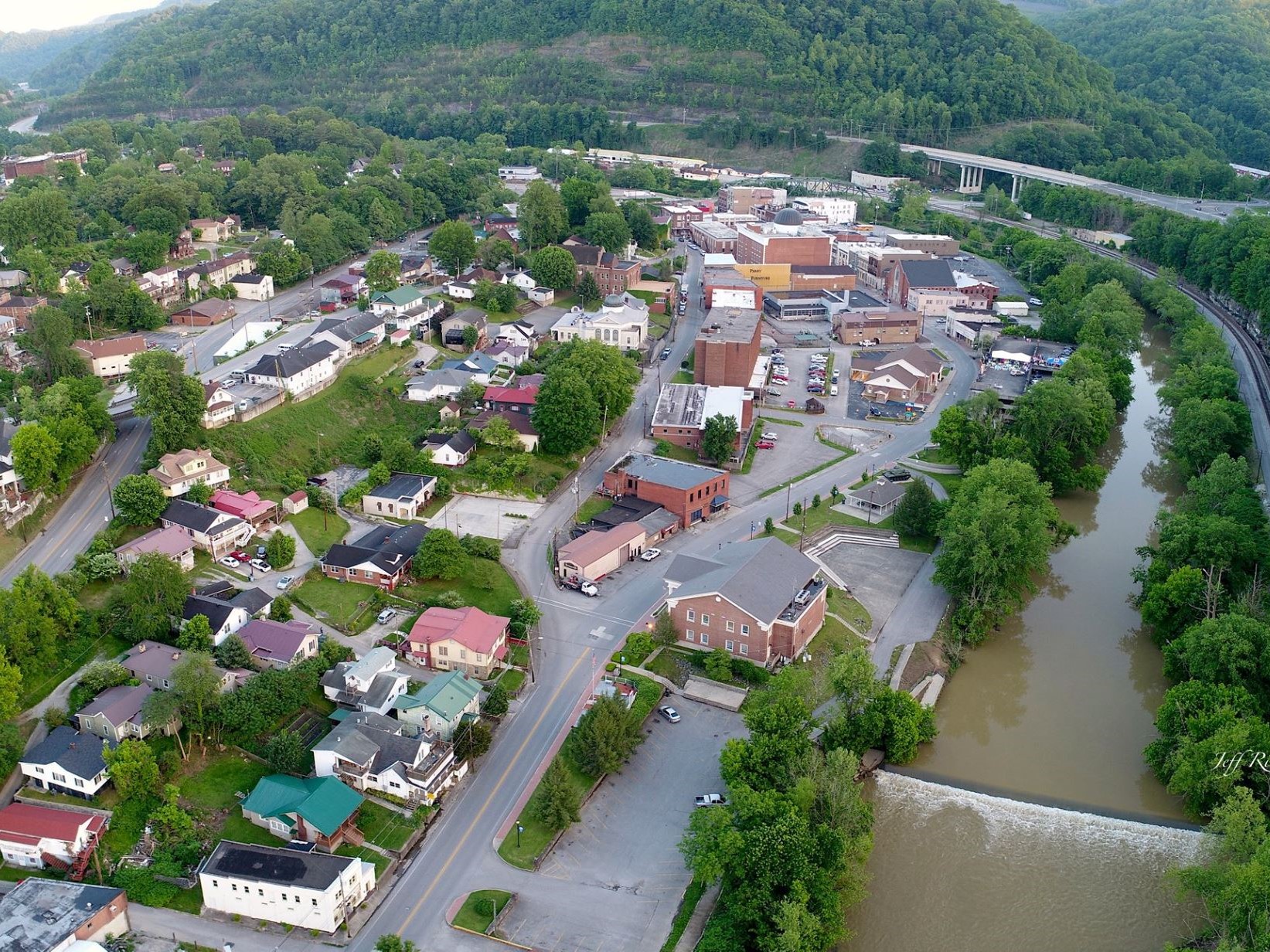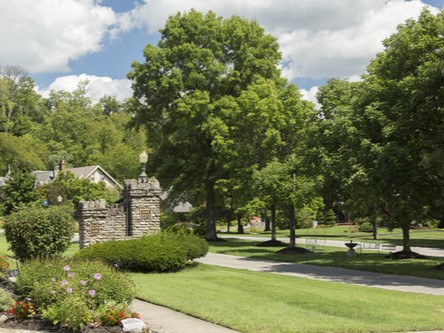Tree Inventorying
Tree inventorying involves collecting information (species, size, etc.) on individual trees. We have found that tree inventorying is a multi-faceted approach to better engagement with an urban and community forest. For example, we've used tree inventorying as an educational activity with neighbors and students so that they can learn more about the trees around them. We've also led tree inventorying efforts in concert with land managers, creating a valuable resource for decision making and planning. Additionally, tree inventory data enables us to engage in urban and community forestry research by exploring landscape phenomena using information on large collections of trees. Below are several resources stemming from our tree inventorying efforts.
In this video, Nic Williamson gives a short virtual talk on two categories of assessing trees in the urban and community forest: tree canopy assessment versus tree inventory. These approaches can shape urban and community forestry efforts and management decisions.
